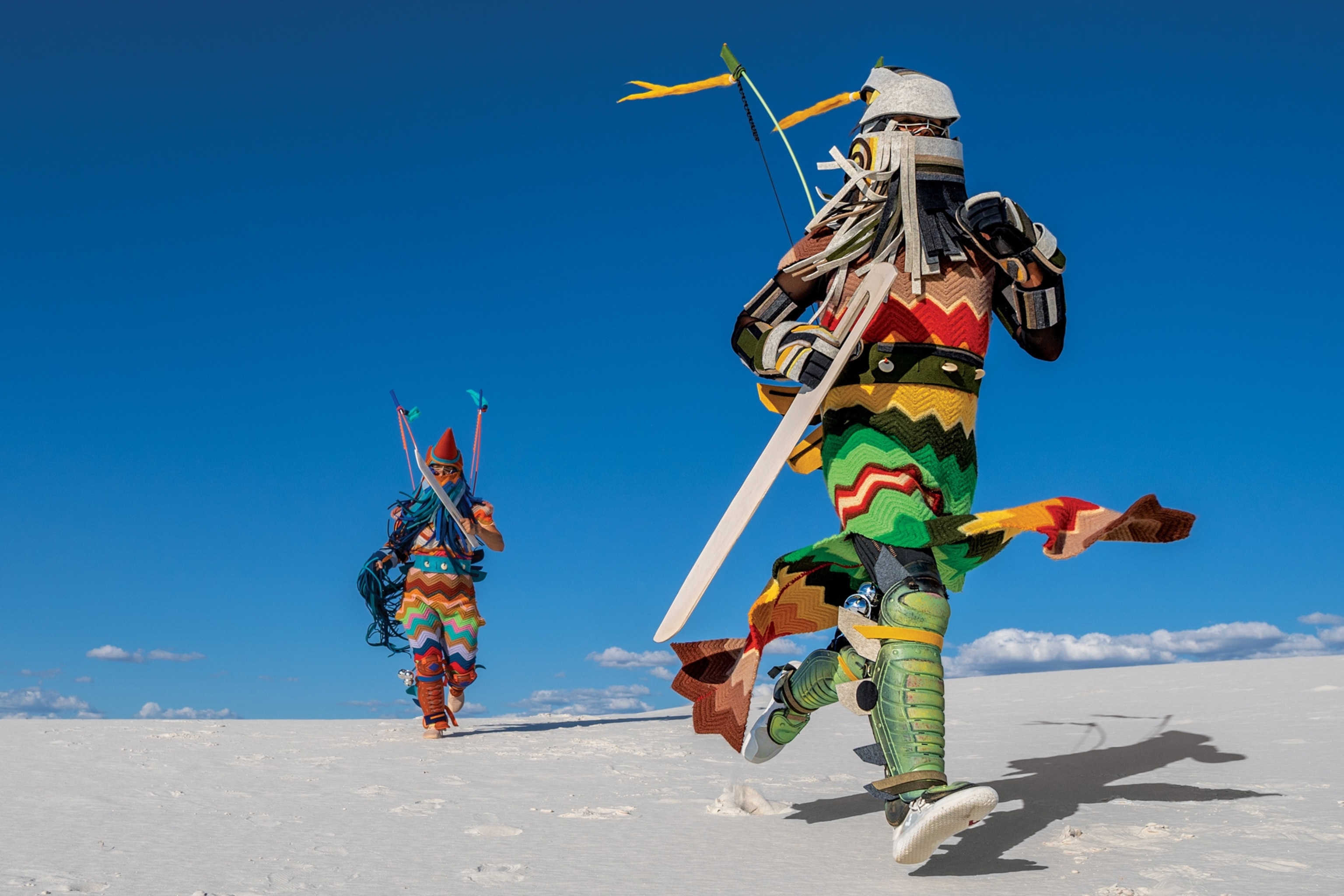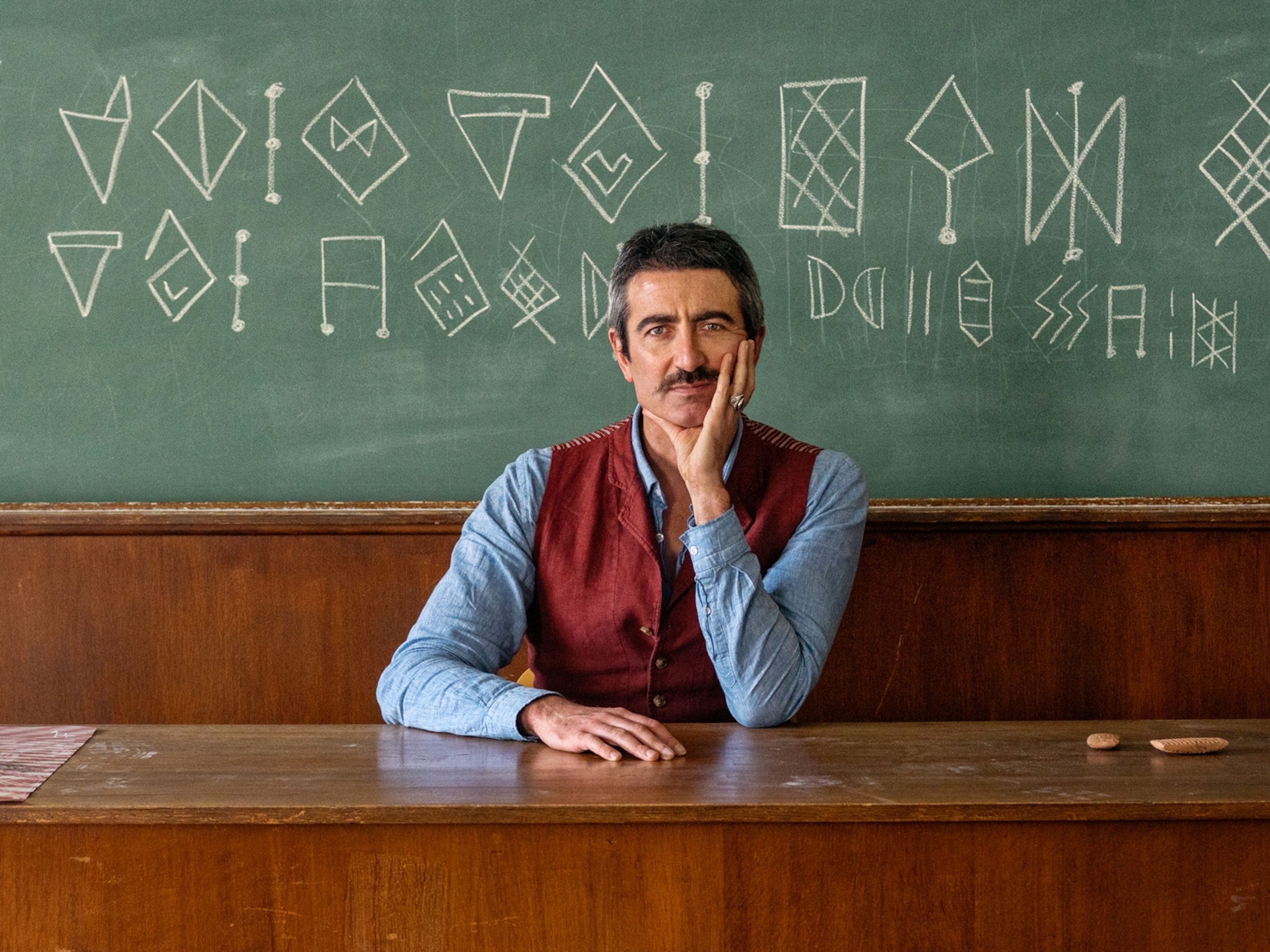Why we dedicated an entire issue to Indigenous Futures
“Bringing more Indigenous perspectives into National Geographic provides a new level of richness to the work.”

One of the things I love most about working at National Geographic is the continual learning. We spend our days looking into what is fueling new thinking in a wide variety of fields. It’s our hope that by staying on the leading edge, we in turn will provide you with stories that provoke thought and advance your own knowledge.
Globally, Indigenous communities have always produced forward-looking models of innovation and sustainability, though these have often been overlooked. I became more acutely aware of this soon after I joined National Geographic in 2022. We already had plans to publish a story, funded by the National Geographic Society and the Climate Pledge, from photographer Kiliii Yüyan, about the promising ways Indigenous peoples are leading conservation initiatives. But the more I immersed myself, the more I came to understand what Indigenous communities know: Their creative thinking extends well beyond conservation, into everything from language to film to fashion and art. And the idea for this special issue was born.
You’ll find three main types of features in this project: Five Environment stories, anchored by Yüyan’s photographs, showcase different ways Indigenous communities are protecting and preserving their environment and traditions. Culture pieces bring to life how they are driving progress, by leveraging intergenerational teachings as well as new technology and tools. And Essays put Indigenous creators and leaders front and center, examining how they and others are advancing our thinking.
A note about the term Indigenous. Throughout these stories we’re using the simplest and broadest definition: related to the original inhabitants of a certain geographic location.
There are many things I’m proud of in this project, but first among them is that nearly all the content was produced by Indigenous contributors, many of them working with us for the first time. We, like many publications, have an imperfect record of covering Indigenous cultures, and generally have done so from an outsider’s view. Bringing more Indigenous perspectives into National Geographic provides a new level of richness to the work, which we believe meaningfully deepens our collective knowledge and understanding.
I hope you enjoy the issue.
Discover the issue
• Palau’s waters are some of the most biodiverse in the world—thanks to its defenders
• ‘This is Cofán land’: the fight to save Amazonia from intruders
• What Inughuit hunters can teach us about the revered narwhal
• Mongolia became a global leader in conservation by returning to its Indigenous roots
• Aboriginal women are reclaiming traditions of fire
Essays
• What does the future look like in Indigenous hands?
• What is queer Indigenous art? A conversation between two leading Nigerian creatives
• How queer and nonconformist creators are redefining what it means to be Nigerian
• Deb Haaland: A new era of partnership between tribal nations and the federal government
Culture
• Peru's Quechua rappers have the world taking notice
• On Kaua'i, Hawaiians use ancient wisdom to tackle modern challenges
• The Māori saved their language from extinction. Here's how.
• How 'Reservation Dogs' sparked a Native filmmaking boom in Tulsa
• Make this James Beard winner's recipe for her popular fish hash
• See the future through the eyes of 6 Indigenous artists





